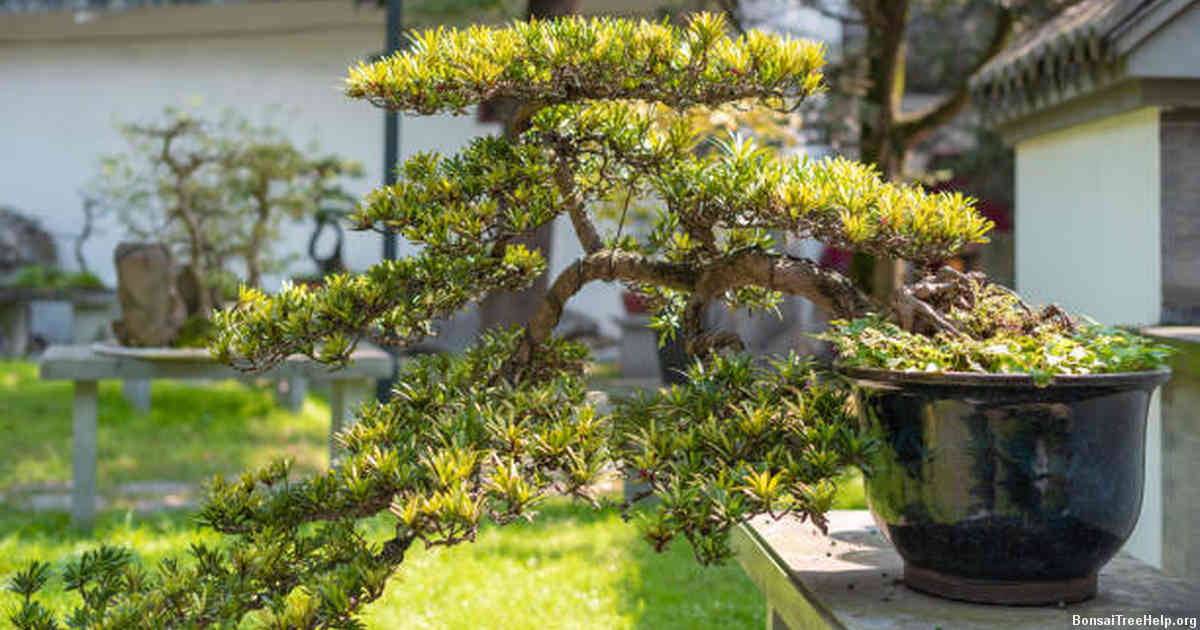
Teak is the best wood for a bonsai bench because it is durable, water-resistant, and attractive. It also has natural oil that helps protect against decay and insects. Teak’s distinctive grain pattern adds a unique character to any bonsai bench while its smooth texture provides comfortable seating. Its dense cellular structure also makes it easy to shape when constructing the bench frame. Teak withstands extreme temperatures ranging from cold winter nights to hot summer days without cracking or shrinking. For these reasons, teak is one of the most popular woods used in outdoor furniture and other projects such as bonsai benches.
Contents:
- Introduction: Why the choice of wood matters for a bonsai bench
- Characteristics to look for in wood for a bonsai bench
- Softwood options suitable for a bonsai bench
- Hardwood options suitable for a bonsai bench
- Exotic wood options and their suitability for a bonsai bench
- How to maintain and treat your wooden bonsai bench
- Alternative materials that can be used instead of wood for making a bonsai bench
Introduction: Why the choice of wood matters for a bonsai bench

The choice of wood for a bonsai bench is an important consideration for any gardener. Without the proper type of wood, a bench cannot offer proper support or protection to one’s bonsai trees. It’s essential to select material that is strong enough to bear weight and sturdy enough not to rot in wet conditions. The selection must be aesthetically pleasing since it will be showcased prominently in your garden or outdoor area.
When selecting the type of wood for a bonsai bench there are some factors you should consider. Depending on its location, the weather may impact your decision because certain woods can withstand high temperatures better than others and also have a resistance against water damage. Ensure that the desired colour palette matches with other objects in that space – this will give it more cohesion and help tie together the entire look of your outdoor environment. Think about how often you plan to use it: certain types of hardwoods are more durable than softwoods such as cedar and pine; if you want longevity choose something harder like mahogany or teakwood.
Ultimately finding the right kind of wood for your bonsai bench comes down to personal preference balanced by practicality when it comes to aesthetics and durability options available in each specific climate zone where you live. Taking all these factors into account can help create just what is needed for any special place made just for your beloved plants.
Characteristics to look for in wood for a bonsai bench
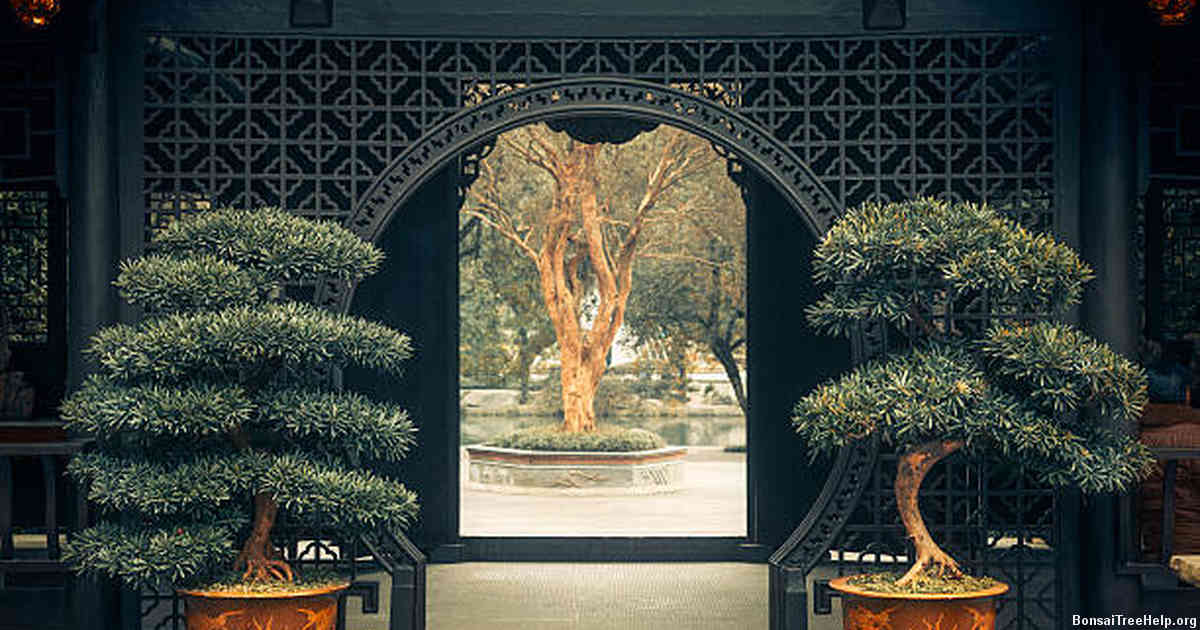
When selecting a type of wood for the construction of a bonsai bench, it is important to consider several key characteristics that will make your experience much more rewarding. Strength and durability are two factors that should be taken into account when choosing a suitable material. Hardwoods such as maple, oak and ash are excellent choices since they are very strong and also resistant to rot or decay over time. To ensure maximum stability, look for wood with few knots or other imperfections which can weaken the structure.
Another factor to take into consideration is weight; you want your bench to be light enough so you can move it around if needed but still sturdy enough so it doesn’t easily tip over. Cedar, cypress and pine are all good options due to their lightweight properties while still having some structural integrity. These woods have natural oils in them which help protect against moisture damage from rain or snowfall.
Aesthetic appeal is also an important aspect when considering what kind of wood is best for a bonsai bench; choose something that blends well with the surrounding landscape or complements the visual style of your garden. Oak has an earthy hue perfect for blending in with natural surroundings while pine has a lighter color tone often used in traditional Japanese designs. Birch and walnut provide interesting grain patterns adding contrast to any design concept – both practicality and beauty being equally achievable.
Softwood options suitable for a bonsai bench
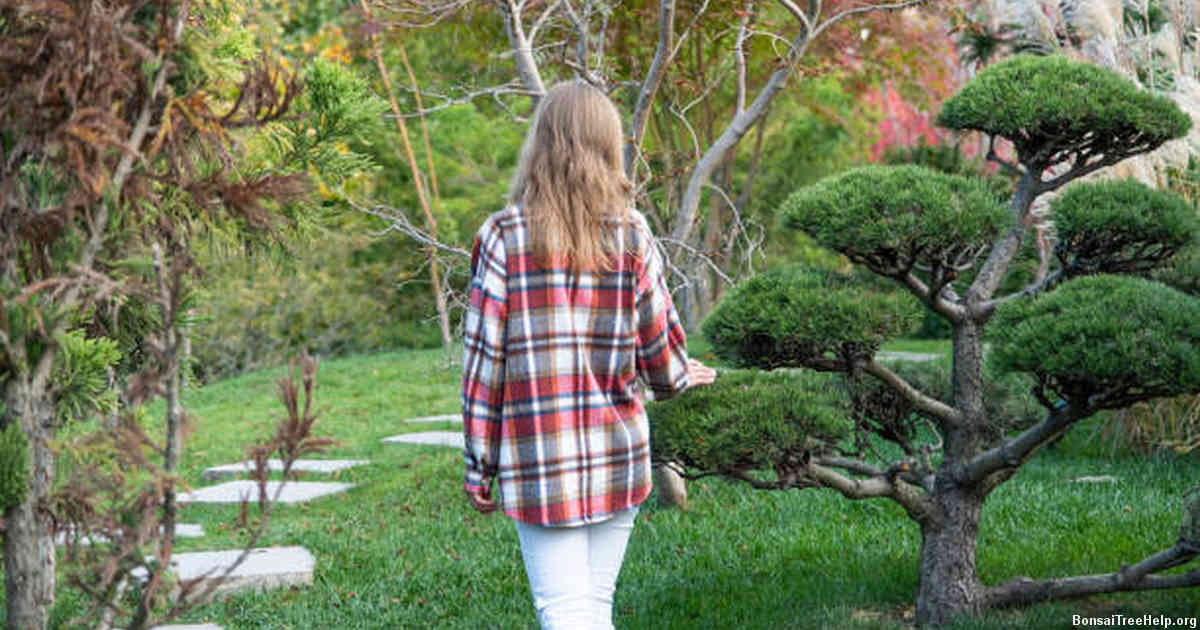
For bonsai enthusiasts looking for a softwood option to create a bonsai bench, cedar is an excellent choice. This durable wood offers plenty of character in terms of grain and texture, creating a unique look that will age gracefully and increase the beauty of your bonsai setup over time. Its naturally rot-resistant nature makes it ideal for prolonged use outdoors without fear of damage or deterioration due to natural elements like water or sunlight. It can be either stained or varnished depending on your preferences.
Another common option when constructing a bonsai bench is pine wood. Its affordability and long lasting durability make it an attractive choice amongst budget conscious shoppers as well as those who simply want their purchase to last for many years to come. Pine also has enough variations in grain patterning so you won’t end up with a cookie-cutter design, while still possessing the desired properties needed for repeated use indoors and out.
Another great option if you’re searching for something more exotic is teak wood – one of the hardest woods available but surprisingly lightweight which makes it an ideal choice in terms of portability when bringing along any bonsai related equipment. Like cedar, its natural oil content helps ward off UV radiation from sunlight which aids in keeping its vibrant coloration bright for years down the line without having to undergo extensive maintenance procedures such as staining or painting over again every few months.
Hardwood options suitable for a bonsai bench
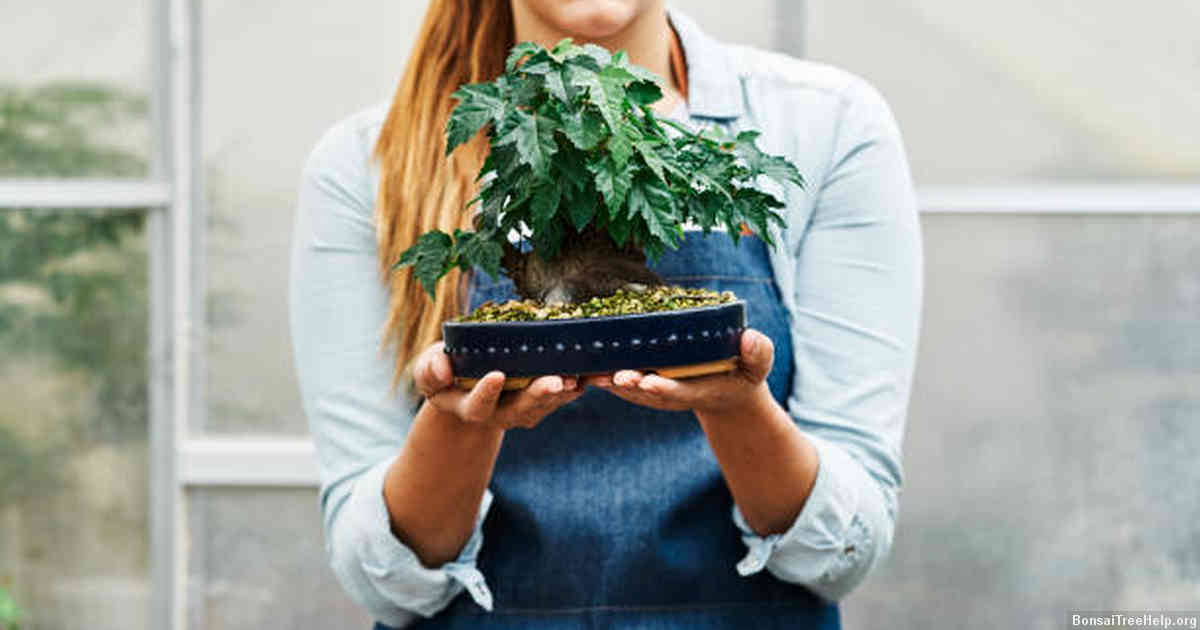
When it comes to wooden bonsai benches, many owners might opt for softer woods such as pine or cedar. However, these can break easily and are prone to moisture damage over time, making them inappropriate choices when constructing a bench intended to last. Hardwood materials offer increased durability and longevity in the form of teak, oak, ash, walnut and mahogany–all of which will hold up much better than their softer counterparts.
Teak is perhaps the most popular hardwood choice for outdoor furniture including bonsai benches due to its natural oil content which makes it resistant to rot and other forms of decay. Also known as Burmese teak, this timber has an attractive golden brown tone that continues to look sharp even after years of outdoor exposure. It’s also quite easy to work with so builders don’t need advanced woodworking skills in order make intricate patterns or shapes on the surface of their bench.
Oak is another great option that offers increased durability while still providing some warmth and character thanks to its visible grain pattern. This type of hardwood can be purchased in various shades ranging from light tan hues all the way through dark reddish-brown colors for more colorful design accents within a garden setting. With proper care and maintenance oak can remain strong throughout any weather conditions including excessive sun exposure or rain storms.
Exotic wood options and their suitability for a bonsai bench

If you’re looking for an even more unique option for a bonsai bench, consider utilizing some of the more exotic woods available. From Brazilian Rosewood to Spanish Cedar, African Mahogany to Honduran Mahogany and beyond, these hardwoods offer interesting color variations and patterns that can provide an eye-catching design element to your bonsai bench.
Brazilian Rosewood is known as one of the best examples of highly figured wood with its vibrant grain details and brilliant hues ranging from reddish browns through oranges and purples. Because it has such a tight grain structure it makes for durable support for your bench and will easily withstand regular use. Similarly, Spanish Cedar is lightweight yet strong making it well-suited to holding up under stress and pressure while also bringing classic beauty with its deep honey colored tones and occasional dark streaks scattered throughout.
African Mahogany offers another excellent choice with its nearly uniform graining pattern, good natural luster and attractive reddish hue which becomes darker when finished appropriately. This hardwood also typically shows little shrinkage or warping which makes it ideal material for furniture including a bonsai bench that will be exposed to heat or moisture. Honduran Mahogany provides quite different look than many other hardwoods as it exhibits shades varying from light pink through reds right into deep browns; along with its ability to take on extremely high gloss finishes resulting in impressive pieces once completed.
How to maintain and treat your wooden bonsai bench
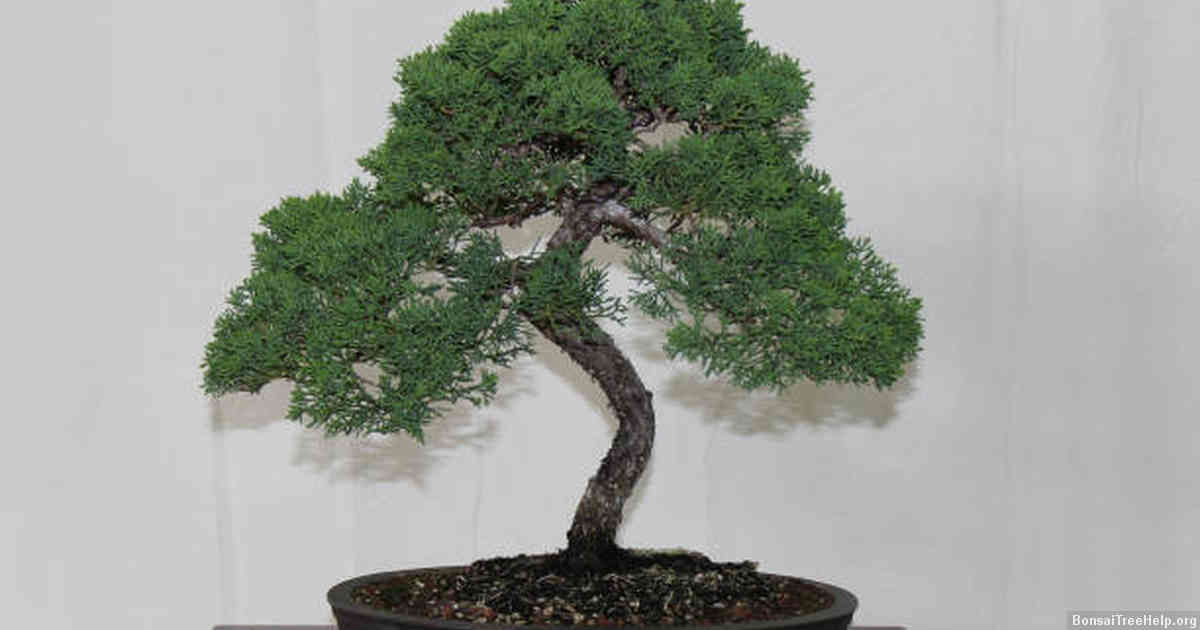
Maintaining and treating your wooden bonsai bench is an integral part of keeping it looking its best for years to come. To do so, it’s important to choose the right type of wood for your project in order to give your bench the utmost protection against weathering, cracking and rotting over time. Teak or cedar are both excellent choices of wood as they offer great outdoor durability, as well as a beautiful finish that can enhance any environment with natural beauty.
Teak is a highly durable hardwood which makes it ideal for outdoor projects like bonsai benches due to its innate resistance to decay, rot and even pests. It’s also able to withstand adverse weather conditions without showing signs of damage or deterioration quickly. For this reason, teak is one of the top choices among furniture makers when building wooden outdoor pieces that require long-term performance while maintaining their attractive appearance throughout their lifetime.
Cedar wood is another popular choice due its resistance to warping and cracking even when exposed to extreme temperatures or humidity changes. This type of timber provides natural insect repellent properties which help keep away common nuisance bugs such as termites or carpenter ants while adding an extra layer of protection against other types of insects and pests that may attempt invade the wood’s surface integrity over time. As such, cedar makes a wonderful option for those who wish to have a wooden structure built within their garden area and don’t want the worry about having relentless yearly maintenance carried out on it in order stay safe from hazardous intruders.
Alternative materials that can be used instead of wood for making a bonsai bench
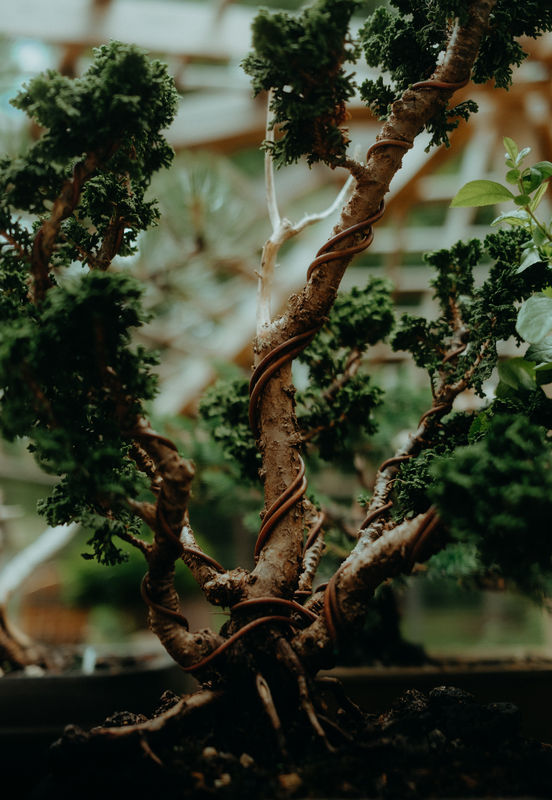
When it comes to making a bonsai bench, wood is often the go-to material due its abundance and relatively low cost. However, there are a variety of alternative materials which can be just as effective or even better at providing an optimal bonsai bench. Depending on preference and budget, here are some other materials to consider using when constructing a bonsai bench.
Steel is often used in place of wood for furniture construction due to its strength and durability; it could make an ideal material for building a bonsai bench that will last long into the future without needing regular maintenance or treatment. Steel can also provide more diversity with regards to design options than what would be possible with wooden frames alone – intricate cutouts within the steel frame itself can add character while still delivering functionality.
Plastic is another common option for furniture construction because of its versatility and relative affordability compared to metal or wood. Plastics come in a wide range of colors, shapes, sizes and textures allowing for freedom in design possibilities – curved surfaces for instance may not be doable with wood but quite easily achievable by 3D printing plastic components – giving any bonsai area an eye-catching display piece. No further treatments such as staining or varnishing are necessary once the bench is installed which makes plastic both time efficient and cost effective option for those looking for quick solutions with minimal fuss.
Leave a Reply